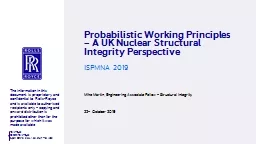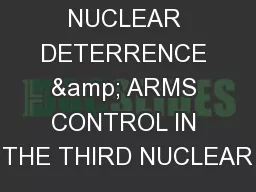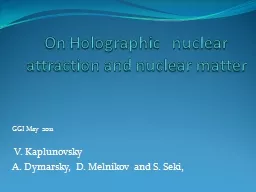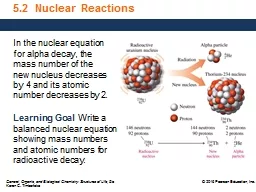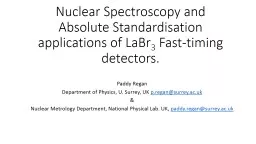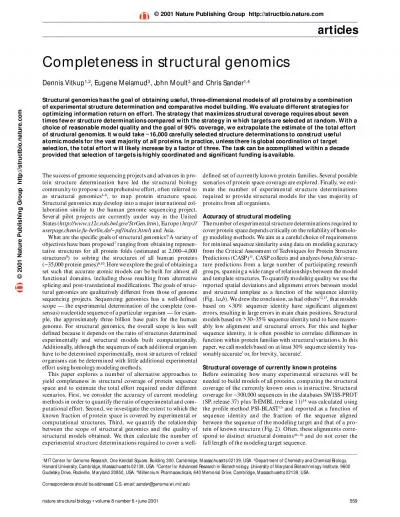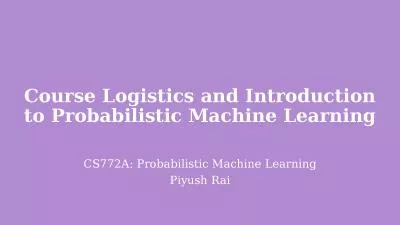PPT-Probabilistic Working Principles – A UK Nuclear Structural Integrity Perspective
Author : robaut | Published Date : 2020-08-27
ISPMNA 2019 Mike Martin Engineering Associate Fellow Structural Integrity 22 nd October 2019 Introduction and Context 01 Target Reliability Approach 02 Working
Presentation Embed Code
Download Presentation
Download Presentation The PPT/PDF document "Probabilistic Working Principles – A U..." is the property of its rightful owner. Permission is granted to download and print the materials on this website for personal, non-commercial use only, and to display it on your personal computer provided you do not modify the materials and that you retain all copyright notices contained in the materials. By downloading content from our website, you accept the terms of this agreement.
Probabilistic Working Principles – A UK Nuclear Structural Integrity Perspective: Transcript
Download Rules Of Document
"Probabilistic Working Principles – A UK Nuclear Structural Integrity Perspective"The content belongs to its owner. You may download and print it for personal use, without modification, and keep all copyright notices. By downloading, you agree to these terms.
Related Documents

